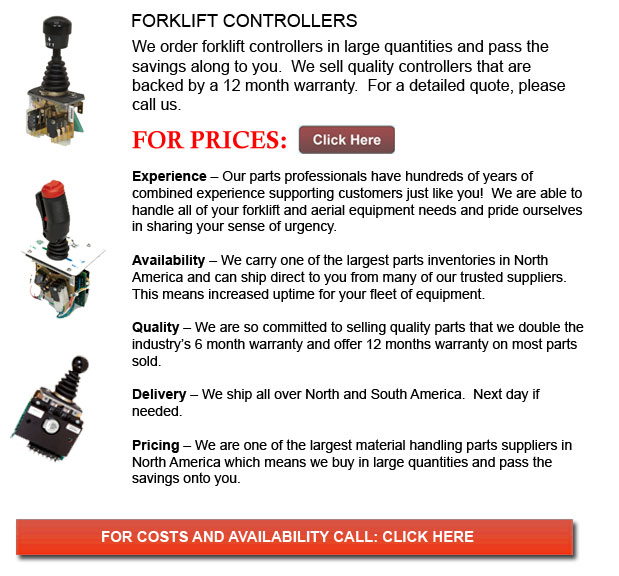
Controllers for Forklift - Lift trucks are obtainable in many different models which have varying load capacities. The majority of standard forklifts used inside warehouse settings have load capacities of one to five tons. Larger scale models are used for heavier loads, like for instance loading shipping containers, may have up to 50 tons lift capacity.
The operator could make use of a control to be able to raise and lower the blades, that are also referred to as "tines or forks." The operator could also tilt the mast so as to compensate for a heavy load's propensity to tilt the blades downward to the ground. Tilt provides an ability to work on uneven surface as well. There are yearly contests intended for experienced lift truck operators to contend in timed challenges and obstacle courses at regional forklift rodeo events.
Forklifts are safety rated for loads at a particular maximum weight as well as a specific forward center of gravity. This essential information is supplied by the maker and located on a nameplate. It is vital loads do not exceed these specifications. It is unlawful in many jurisdictions to tamper with or take out the nameplate without getting permission from the lift truck maker.
Most forklifts have rear-wheel steering to be able to increase maneuverability within tight cornering situations and confined areas. This particular kind of steering differs from a drivers' first experience together with other vehicles. Because there is no caster action while steering, it is no required to use steering force in order to maintain a continuous rate of turn.
Instability is another unique characteristic of lift truck utilization. A continuously varying centre of gravity occurs with every movement of the load between the lift truck and the load and they need to be considered a unit during use. A forklift with a raised load has gravitational and centrifugal forces that can converge to lead to a disastrous tipping accident. To be able to avoid this from happening, a lift truck should never negotiate a turn at speed with its load raised.
Forklifts are carefully designed with a particular load limit intended for the blades with the limit lessening with undercutting of the load. This means that the freight does not butt against the fork "L" and would lower with the rise of the blade. Usually, a loading plate to consult for loading reference is positioned on the lift truck. It is unsafe to use a forklift as a worker lift without first fitting it with certain safety devices like for example a "cage" or "cherry picker."
Lift truck utilize in warehouse and distribution centers
Essential for whichever distribution center or warehouse, the lift truck needs to have a safe setting in which to accommodate their efficient and safe movement. With Drive-In/Drive-Thru Racking, a forklift must go inside a storage bay that is multiple pallet positions deep to put down or get a pallet. Operators are normally guided into the bay through rails on the floor and the pallet is positioned on cantilevered arms or rails. These confined manoeuvres require skillful operators in order to carry out the job safely and efficiently. For the reason that every pallet needs the truck to go into the storage structure, damage done here is more common than with other kinds of storage. Whenever designing a drive-in system, considering the measurements of the blade truck, including overall width and mast width, should be well thought out to make sure all aspects of a safe and effective storage facility.
![]() Click to Download the pdf
Click to Download the pdf
Forklift Parts

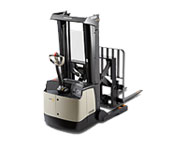
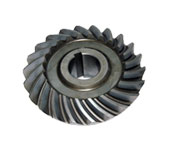

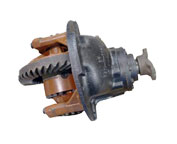
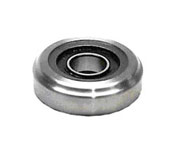
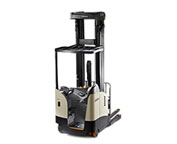

Lift Parts Express
TOLL FREE: 1-888-695-7994
LOCAL: 206-462-4986
2442 Northwest Market Street
Seattle, Washington
forkliftpartsseattle.com
Email Us
About Us


